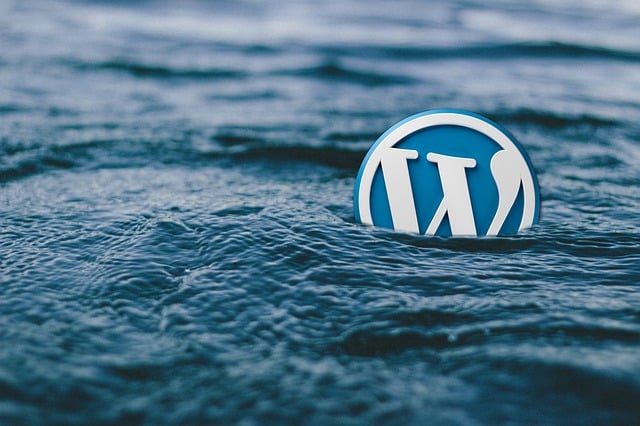
Are WordPress Updates Failing? 5 Most Common Causes
WordPress is so popular and used by almost 25% of websites. Its also actively developed with frequent updates to improve security, performance, and features. However, if your WordPress updates are failing frequently, you should take some precautions and remedial measures for the 5 most common problems that cause your WordPress updates to fail.
1. Plugin Compatibility
WordPress release updates frequently, but some plugins lag behind and are unable to release compatible plugin versions in time, leading to malfunctioning and even crashes.
Visit the WordPress Plugin Directory and check
- if the plugin is compatible with the latest version or not.
- If plugin is not compatible, but If the plugin is actively maintained and has a website, check and wait for latest updates
- If plugin is incompatible or no longer maintained, backup plugin settings and data, deactivate and look for alternative plugin
2. Theme Compatibility
Similar to plugins, themes also experience compatibility issues by updates. The layout can be broken. Take the following steps.
- Take a theme backup as a precaution
- If an update distorts your layout, contact the developer with screenshots and ask for a fix.
- Revert back to old version of theme, if a fix is not available
- Create a child theme and make changes there.
3. White Screen of Death
This critical error happens because of plugin conflicts or incompatibility or any code issue. Enable WordPress debugging and look for an error message. Access your file system via FTP and rename plugins folder. If the white screen disappears, it indicates that the problem is caused by some plugin. Now activate plugins one by one and check which plugin is causing the problem, remove that plugin and install its latest version or look for alterative plugins.
4. Update Timeout or Fail
You can set WordPress to update automatically or manually. However, you should be taking frequent backups, especially before any major update. Sometimes updates can fail leading to several issues. make sure that all plugins and themes have compatible versions before allowing a WordPress update. Ensure that PHP versions and other hosting settings meet the requirements of new WordPress update.
5. Missing Media or Broken Links
Although its not a problem if you are updating WordPress regularly. Sometimes you didn’t update your WordPress site for a long-time and the new update has made some unexpected changes causing broken links or missing media. To avoid such problems, try updating WordPress according to its version history, instead of jumping from version 5 to 6, try updating from 5 to 5.2 to 5.5 to 5.8 to 6.
All these problems have simple solutions as you can see, but sometimes there can be severe problems ruining your entire installation. Its always a good practice to take backups at regular intervals.
More precautions of your WordPress updates failing
Always use plugins and themes that are still maintained by developers. In WordPress repository you can find a lot of themes and plugins that are no longer maintained. You should avoid installing such plugins.
Look at the number of users and ratings for each plugin and theme you are installing, the larger the userbase the better. It means the plugin is profitable for the developer and will be further developed.
Pay attention to your server settings, like memory, execution time, PHP version and modules. Each WordPress update may require settings to be updated, its not common though.
To resolve any of your WordPress problems, click here to contact me